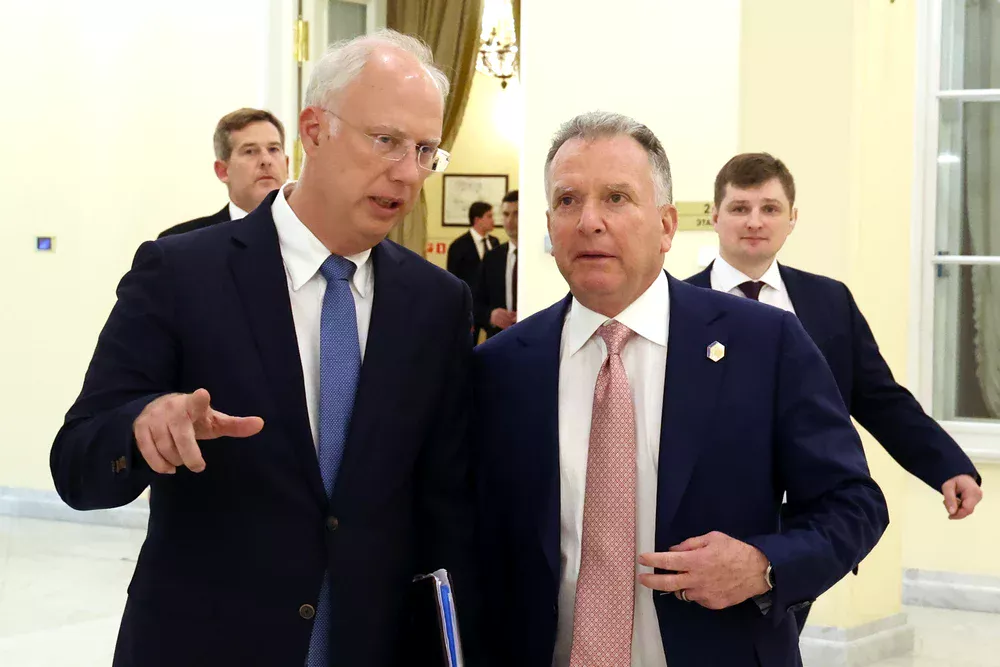“The ceasefire talks in Ukraine have brought to the world’s attention new names from the circle of Russian President Vladimir Putin. The uniform ideology should ensure a united front, but there are reports that the Russian negotiators received different information or even clashed with each other, suggesting that this will not work to favor a peace agreement, writes the Kyiv Independent. Moscow has sent a delegation led by trusted and knowledgeable individuals to Saudi Arabia – Foreign Minister Sergei Lavrov and former Russian Ambassador to the US, Yuri Ushakov – while in Washington, the Russian Direct Investment Fund director Kirill Dmitriev, a little-known insider, was sent. The most exclusive power structures in the Kremlin are formed based on personal relationships with Putin and have a common vision of the world. But they are also camps that constantly battle behind the scenes for the favor and attention of the tsar. The Russian elite is eager to emulate Putin’s ideology and, for this purpose, is engaged in a guessing game of his desires. But they are also a source of scapegoats, according to experts. Groups in Putin’s inner circle
They can be divided into two main categories. At the top are the siloviki, officials with military experience or in the state security services. Among them are officials like Alexander Bortnikov, director of the Federal Security Service of Russia (FSB), and Sergei Naryshkin, head of the country’s Foreign Intelligence Service. “They are concerned with security and see Russia as a besieged fortress,” says Mikhail Suslov, a professor at the University of Copenhagen. After them come the technocrats: officials with experience in finance or business. Prime Minister Mikhail Mishustin is well known for his under-the-radar presence and his role in managing Russia’s tax system. They are the rational ones, “concerned with a stable and clear international order,” and only interested in “business as usual,” says the expert. Members of Putin’s inner circle are almost exclusively men and close in age to the president. They all adhere to a similar vision – animated not so much by hatred towards the West, but by the conviction that it has deceived Russia and treated it unfairly, says Suslov. Thus, for example, Russia has the right to obtain Ukraine, which has become a battlefield between Russia and the West. Their opinions come from Putin, who in turn is inspired by the works in his inner circle, says Stephen Hall, assistant professor at the University of Bath. Kremlin technocrats in particular support the importance of connections with the West and the world. But this more pacifist perspective also means less influence over the president. “In that inner circle, I think we’re seeing hawks and doves who are disguised as hawks rather than real doves at the moment,” Hall says. A shrinking circle
Those close to Putin are very few, but they are the most motivated not to challenge his ideology and vision of the world to avoid losing his favor. They will never tell him what he does not want to hear. Read more HERE”
Subscribe to Updates
Get the latest creative news from FooBar about art, design and business.

